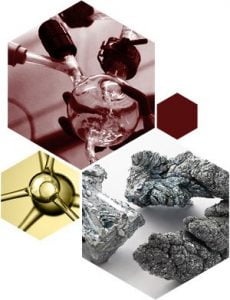
Calcium Carbonate
Properties
- We can offer items in bulk or custom. For other quantities or purities, please request a quotation.
- All prices are subject to change.
Related Products
Information about Calcium Carbonate / CAS 471-34-1
Calcium Carbonate (CaCO₃) is a widely occurring inorganic compound found in natural sources such as limestone, marble, and chalk. It is used extensively in various industries due to its affordability, non-toxicity, and excellent chemical stability.
Calcium Carbonate is used in a wide variety of industries. In construction, Calcium Carbonate plays a key role in cement and concrete production, enhancing strength and durability. The paper industry benefits significantly from Calcium Carbonate as a filler and coating agent, improving paper brightness, opacity, and print quality while reducing costs. In plastics and rubber manufacturing, it acts as a reinforcing filler, improving rigidity, impact resistance, and dimensional stability in polymer composites. In the adhesives and sealants industry, calcium carbonate improves viscosity and mechanical strength, enhancing the performance of formulations used in construction and automotive applications. In the paint and coatings industry, it functions as an extender pigment, enhancing opacity, durability, and cost efficiency.
Environmental applications of Calcium Carbonate are significant, particularly in pollution control. It is a major agent in flue-gas desulfurization (FGD) systems, where it neutralizes sulfur dioxide emissions from industrial processes, reducing air pollution. In soil and water treatment, CaCO₃ helps regulate pH levels, mitigating the effects of acidification in agricultural lands and aquatic ecosystems. In aquaculture, it stabilizes water conditions, ensuring optimal growth for aquatic life. Furthermore, it is used in wastewater treatment facilities, aiding in the removal of heavy metals and other contaminants, improving water quality for industrial and municipal use. It is also used to prevent scaling in industrial water systems, reducing maintenance costs and improving equipment lifespan.
Safety
- H402 Harmful to aquatic life.
- P273 Avoid release to the environment.

